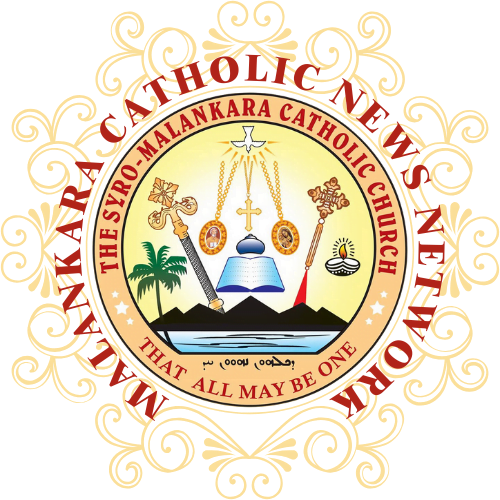On a Sunday morning in May 1932, Kunjukutty Thangalathil, 16, ran away from home to join the Catholic Church. He joined the Syro-Malankara Church, the rite he would head for four decades as Archbishop Benedict Mar Gregorios until he died Oct. 10.
In 1932, Kunjukutty´s parents — Idiculla and Annamma — were furious. They thought the teenager´s actions insulted the family. Thangalathils were well known and took special pride in being Jacobites, an Orthodox sect in Kerala state, southern India, that traces its origins to Saint Thomas the Apostle.
Later as a bishop in the Syro-Malankara Church, Kunjukutty said his decision to leave his parents was painful, but he felt compelled to join Archbishop Mar Ivanios and other Orthodox Christians who had reunited with Rome in 1930.
The Thangalathils would join him one by one. Idiculla first, then his brothers, one becoming a priest. His mother, the last to join, took 17 years.
Kunjukutty joined the Bethany Ashram of the Order of the Imitation of Christ, the Syro-Malankara Church´s only religious congregation. He became Benedict and took monastic vows in 1935. Though from an aristocratic family, he practiced severe poverty and sought detachment.
When he became bishop in 1953, he wore saffron, the color of Bethany priests. Since saffron is the color of Hindu hermits, in those pre-Second Vatican Council days, his choice raised many eyebrows among Catholics.
Forty years later, the Church is all for being Indian in dress and customs. Archbishop Gregorios was among the first bishops to recommend an Indian Catholic rite which would embrace the Latin, Malabar and Malankara rites.
Archbishop Gregorios was the first Syrian president of the Catholic Bishops´ Conference of India (1989-91), and he chaired several of its commissions.
He was busy with more than strictly Church work. For poverty alleviation in villages, the archbishop recommended scientific and systematic farming of fish, poultry and vegetables. He used his Church land for model farming.
He was vice president of the Association for Social Health in India and chairman of Kerala Agri-horticultural Society and Friends of the Trees.
He started a low cost housing project for the poor, built 5,000 houses and launched the Health for One Million program, primarily for neglected women. Half the program´s 1,057 trained volunteers are non-Christians.
The archbishop built a garment center that now provides jobs for 200 women.
Federal and state officials and non-governmental agencies recognized Archbishop Gregorios as a spokesperson of Christians in southern India and revered his opinions. He advised the Kerala state board of education for 12 years and sat on the governing council of Kerala Agricultural University.
Archbishop Gregorios also cultivated good relations with top political leaders such as former prime ministers Indira Gandhi, Rajiv Gandhi and Vishwanatha Pratap Singh. A frequent visitor to his place was E.K. Nayanar, a communist leader and former chief minister of Kerala.
A symbol of harmony and unity, he never feared to defend his beliefs.
In 1957, Kerala´s communist government tried to nationalize Christian schools. Archbishop Gregorios fought the move leading other Christian leaders. Similarly in 1972, he protested state take over of Christian colleges.
In 1986, he helped avert a Hindu-Christian riot after some Christians unearthed a cross near a famous Hindu temple in Kerala. Christians claimed the cross belonged to Saint Thomas and wanted to build a church at the site.
Hindus objected saying the place came under the pleasure garden of their deity. Archbishop Gregorios pacified the Hindus and helped build an ecumenical church outside the temple precincts, the only church owned jointly by all Christian denominations in Kerala.
– UCA News

